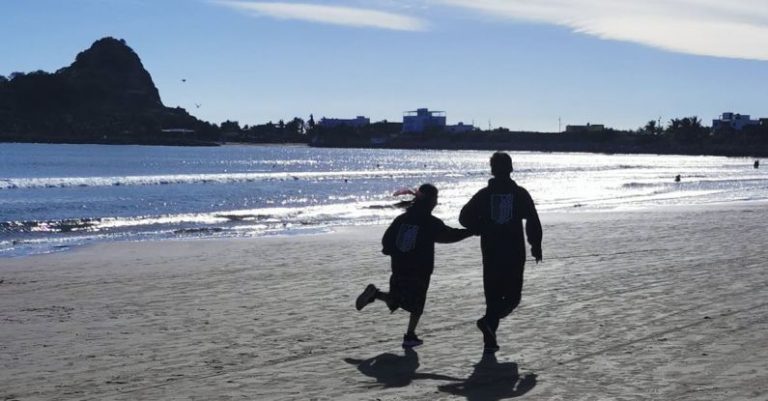
Australia is renowned for its stunning beaches, attracting millions of visitors each year to its pristine shores. While the country’s coastlines offer unparalleled beauty and opportunities for relaxation, it is essential to prioritize safety when enjoying the beach. The unpredictable nature of the ocean and potential hazards present at Australian beaches make it crucial for beachgoers to be well-informed and prepared. By following a few simple guidelines, you can ensure a safe and enjoyable experience at the beach.
Understanding Beach Safety Flags
One of the first things to familiarize yourself with when visiting an Australian beach is the meaning of the beach safety flags. These colored flags are displayed by lifeguards to communicate important information about current water conditions. It is vital to pay attention to these flags and follow their instructions to avoid potential dangers.
The most common beach safety flags you may encounter include:
– Red Flag: Indicates dangerous surf conditions. It is advised to stay out of the water when this flag is raised.
– Yellow Flag: Signifies medium hazard levels. Caution should be exercised when swimming in areas marked with a yellow flag.
– Blue Flag: Indicates that the beach is currently being patrolled by lifeguards. It is recommended to swim between the flags where lifeguards can easily monitor swimmers.
– Check with Lifeguards: If you are unsure about the water conditions or have any questions, don’t hesitate to approach the lifeguards on duty. They are there to help and provide guidance to ensure your safety.
Rip Current Awareness
Rip currents are powerful and fast-moving channels of water that can pull swimmers away from the shore. They are one of the most significant hazards at Australian beaches and can be potentially life-threatening if not handled correctly. To stay safe from rip currents:
– Stay Calm: If you find yourself caught in a rip current, it is crucial to remain calm and avoid panicking.
– Swim Parallel: Instead of trying to swim directly back to the shore, swim parallel to the beach until you are out of the current, then make your way back to the shore.
– Raise an Arm: If you need assistance, raise one arm to signal for help. Lifeguards are trained to respond to such signals and will come to your aid.
Sun Safety Measures
Australia is known for its strong sun, and prolonged exposure can lead to sunburn, heatstroke, and long-term skin damage. To protect yourself from the sun’s harmful rays:
– Apply Sunscreen: Use a broad-spectrum sunscreen with a high SPF before heading to the beach and reapply it every two hours or after swimming.
– Seek Shade: Take breaks in the shade to give your skin a rest from direct sunlight.
– Wear Protective Gear: Consider wearing a wide-brimmed hat, sunglasses, and a rash guard to shield your skin from the sun.
Water Safety Tips for Children
If you are visiting the beach with children, extra precautions should be taken to ensure their safety in the water. Keep the following tips in mind:
– Supervise Constantly: Never leave children unsupervised near the water, even if lifeguards are present.
– Use Floatation Devices: Ensure children who are not strong swimmers wear appropriate floatation devices approved by safety standards.
– Teach Water Safety: Educate children about the importance of following beach safety rules and how to respond in case of an emergency.
Beach Cleanliness and Environmental Awareness
In addition to personal safety, it is essential to respect the beach environment and maintain its cleanliness. Be a responsible beachgoer by:
– Dispose of Trash Properly: Use designated bins to dispose of your trash and avoid littering on the beach.
– Respect Wildlife: Avoid disturbing or feeding wildlife that inhabits the beach area.
– Stay Informed: Be aware of any environmental guidelines or restrictions in place at the beach you are visiting.
Conclusion: Emphasizing Safety First
As you embark on your beach adventures in Australia, remember that safety should always be your top priority. By understanding beach safety flags, being aware of rip currents, practicing sun safety, taking extra precautions with children, and respecting the beach environment, you can ensure a memorable and safe beach experience. Enjoy the sun, sand, and waves while keeping these essential safety tips in mind for a worry-free beach visit.





